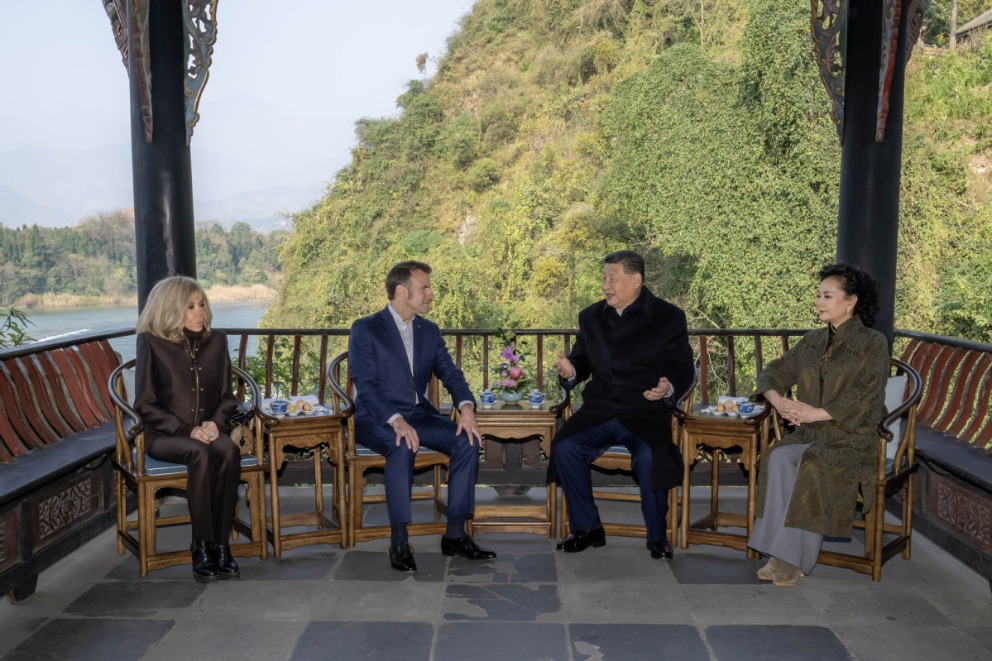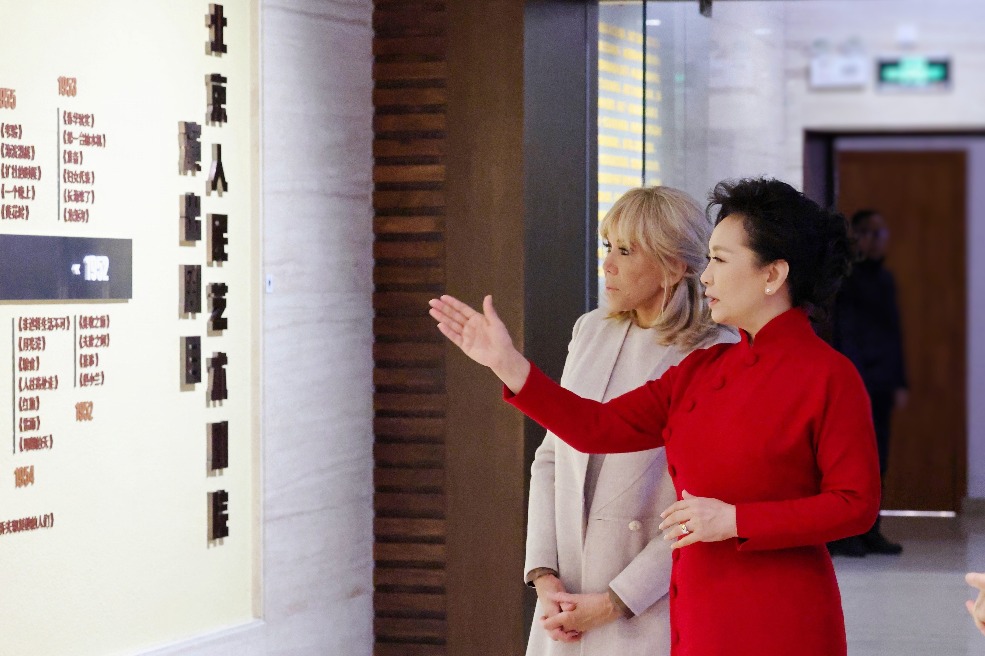IKEA supply chain fine-tuning seen enhancing affordability, green drive
By Wang Zhuoqiong | China Daily | Updated: 2024-06-19 09:12

Amid global economic challenges affecting consumer spending, Swedish housewares giant IKEA has managed to gain market share with a more competitive pricing strategy.
The secret to its growth also lies in the continuous optimization of its supply chain.
"Often during economic downturns, IKEA discovers new customers," said Susanne Waidzunas, global supply manager at Inter IKEA Group, addressing the big picture of the global home furnishings market.

"There will continue to be a big demand for well-designed, low-priced furniture."
IKEA has implemented a global pricing strategy, including Ingka Group, an IKEA franchisee. It announced that it would invest 6.3 billion yuan ($870 million) in China over the next three years to lower its prices in the country.
Inter IKEA's supply chain, which covers everything from raw materials up to the final mile — production, procurement, raw materials sourcing, in-house manufacturing, transport and logistics — makes products affordable without compromising on quality, sustainability, form or function, said the company.
"Our primary objective is to reduce costs across our supply chain," said Waidzunas.
The goal is expected to be pursued through enhancing efficiencies, more smartly utilizing materials and accelerating automation initiatives, she added.
IKEA is creating a more responsive and resilient supply chain, not only to maintain robustness but also to put itself in a position to act on opportunities, she said.
Automation is crucial to improve efficiency and cut costs. Many of its more than 400 suppliers in China are pioneers in the field of automation, particularly on the production front, said Waidzunas.
Amid fluctuating global commodity prices and various inflationary pressures, IKEA has found opportunities in procurements and logistics to ensure costs remain lower than in previous years. Balancing cost dynamics amid inflation requires more efficiency in automation, said Waidzunas.
Meanwhile, circular design optimized for manufacturing is a pillar strategy to lower supply chain costs. For example, she said, the right packaging and pallet density play a crucial role in streamlining costs across production and sales channels.
The second objective is to enhance accessibility through its omnichannel platforms, said the manager. IKEA has raised its online presence globally from five percent pre-COVID-19 levels to more than 25 percent at present.
More investments in AI-driven tools like Demand Sensing — a method and technology that predicts near-future demand based on short-term data — have bolstered precision and accuracy in sales forecasts and inventory planning, said Waidzunas.
"That is important for us to be able to execute and to have an efficient inventory management," she said.
AI tools also serve IKEA supply chain in terms of risk assessment.
In navigating the volatile landscape of global disruptions, "the company has to get used to more volatility when it comes to the demand, sales and supply sides", Waidzunas said.
Visibility and trackability are also areas where AI can help. For instance, the Suez Canal tensions have added much more lead time on goods from China to Europe.
"To mitigate the risks and to be a little bit ahead of the risks — these are areas where we are investing right now," she said.
Third, the company has invested in building a green supply chain.
"In China, more than 80 percent of IKEA's suppliers had transitioned to renewable electricity by April 2023. Electrification of our flows is very important for us," she said.
The company is also adding more electric trucks in China. Meanwhile, hydrogen-powered trucks in China are next on the agenda. By 2030, IKEA's target for supply chain operation is to reduce its carbon footprint from every transport by an average of 70 percent compared to fiscal year 2017.
IKEA has integrated rail and other modes to reduce environmental impact and optimize efficiency. About half of IKEA's global land transport now utilizes intermodal systems, which means mixed routes of rail, electric trucks and sea, for long haul transportation, which is higher than industry standards, said Waidzunas.
The company has worked on innovations in materials transformation — using materials that are renewable or recycled.
For instance, IKEA has developed carpets from recycled polypropylene, which are currently in production. Postindustrial waste and post-consumer materials such as glass, plastic and textiles are also part of key efforts for IKEA to reduce its carbon footprint.
Waidzunas is optimistic about the prospects of IKEA's integrated value chain.
"We are working throughout with optimizing. It's part of our DNA to always see what we can do better," she said.
























